History

It always takes some time to fill up this section with the proper information: it is quite a long work, but exciting at the same time, as it leads us into the place and the time, unleashes our imagination and turns us into admiring spectators of the lives of castles and the events running around them. In this case we were lucky as we found a lot of useful information in [1].
Athcarne Castle is a ruined Elizabethan castle, including a tower house, close to the town of Duleek in County Meath.
The origins of the name are disputed: someone claims that it derives from “Ath Cairn”, which means the fording point at the Cairn, someone else says that it comes from “Ard Cairn”, meaning High Cairn as the castle may have been built on the top of a burial mound (a cairn) [1-3].
From approximately 700, the area started being occupied by Vikings, till the Anglo-Norman invasion of Ireland (1169–1171), when Richard de Clare (known as Strongbow) destroyed the Vikings bases in Wexford and Waterford and King Henry II assigned the lands of Meath to the baron Hugh De Lacy [1], that we already encountered when visiting Trim Castle.
In this period, our castle saw its birth. In 1172 Athcarne and other lands in Meath were granted to Hugo De Bathe, a knight from the town of Bath in England, probably arrived in Ireland with Hugh De Lacy [1-3]. The location where the first fort was built by the Anglo Norman invaders was probably on top of an existing burial mound, because of its high position, ensuring large view over the surroundings, and close to the river Hurley [1]. Starting from a wood construction, under the ownership of the Bathes, the castle was expanded over the next 500 years [1].
At the beginning of the 15th century, the military power of the crown in Ireland was reduced due to the Hundred Years War (1337–1453) and the Wars of the Roses (1455–85) and “The Pale” was the only strip of land around Dublin left under the control of the English King.
In 1429, in order to defend his dominion in Ireland, King Henry VI, offered ten pounds to any of his loyal subjects who built a defensive tower on the edge of “the Pale” [1]. As a result, many tower houses were constructed in this period and perhaps Athcarne castle as we know it today started taking its shape [1]. Consisting of four storeys, the tower has large window openings on the upper levels which were clearly added later than the original structure and those on the topmost floor are topped with stone mouldings and there is a buttress on the north-east corner [3].
The Bathes were a Catholic family, which justifies the presence of a chapel on the ground floor of the original tower house [1]. At the end of the 16th century, the Bathes were one of the most important landowners in Dublin, but this wealth started declining in the following years, since the most representative family member William Bathe lost the protection of Queen Elizabeth I since he decided to become a Catholic priest [1]. Besides these religious questions, the English crown did not see favourably the close friendship between Sir William Warren, who married William's widowed stepmother Jenet Finglas, and Hugh O'Neill, Earl of Tyrone, who led The Nine Years' War, also called Tyrone's Rebellion, against the English crown.
It was around 1590 that William Bathe (older cousin of the Jesuit priest mentioned above) and his wife Janet Dowdall decided to extend the tower house with a more comfortable connected mansion [1-3]. William died in 1597 (or 1599 as some sources say [1]) with no male heir, hence his brother John Bathe, Chief Justice of the Common Pleas, took possession of the estates, till he died in 1634, succeeded by his eldest son James [1].
 In 1641, the Irish Confederate War (also called the Eleven Years' War) broke out, starting as a rebellion by Irish Catholic gentry against the English administration in Ireland, to force concessions for the Catholics living under English rule [1]. The Irish Catholic upper classes and clergy were united in the Catholic Confederation opposing the English Long Parliament and the Scottish Covenanters, who were defying the authority of King Charles I [1]. The war continued in Ireland until the 1650s, when Oliver Cromwell defeated the Irish Catholics and Royalists, re-conquering the country [1].
In 1641, the Irish Confederate War (also called the Eleven Years' War) broke out, starting as a rebellion by Irish Catholic gentry against the English administration in Ireland, to force concessions for the Catholics living under English rule [1]. The Irish Catholic upper classes and clergy were united in the Catholic Confederation opposing the English Long Parliament and the Scottish Covenanters, who were defying the authority of King Charles I [1]. The war continued in Ireland until the 1650s, when Oliver Cromwell defeated the Irish Catholics and Royalists, re-conquering the country [1].
Going back to March 1641, a meeting was held by the local Catholic gentry at which James Bath had taken place [1]. The name of the attendees, including James Bath, were disclosed by eyewitnessers and, when Cromwell arrived in 1649, James Bathe was dispossessed of his properties [1]. With that, Athcarne was granted to Colonel Grace, one of Cromwell's officers [1-3].
Following the Second Act of Settlement (1662), Athcarne was transferred into the name of the Duke of York, the future King James II, who created in 1666 the Baronetcy of Athcarne and Luke Bathe, James Bath’s son, was nominated 1st Baronet of Athcarne [1-4]. Unfortunately, Luke’s son, Sir Peter Bathe, the 2nd Baronet of Athcarne, died with no heirs in 1686 [1].
At this point, the Athcarne estate should have transferred to other male family members (either Sir Peter’s uncle or his male cousins) but the Duke of York first allowed the widow, Dame Cicely Dowdall, and her mother in law to occupy the castle, then, in 1703, he sold the whole estate to Mr. Somerville, a woollen draper of Dublin, with the condition to keep the agreement previously stipulated with Sir Luke, allowing the Bathes to lease the properties till 1767 [1].
In 1690, King James II was the owner of Athcarne Castle and estate, which was rented to the Bathe widow, and spent at the castle the night before the Battle of the Boyne, which took place 4 miles away and where James and his army got defeated against King William III, in the attempt to regain the thrones of England and Scotland [1, 3]. After the battle, James fled to Duncannon and returned to exile in France [1, 3]. Although without the lead of the king, his Irish supporters, kept fighting until the Treaty of Limerick, which happened in 1691 [1].
Coming back to Athcarne, the castle was owned by Mr. Somerville, who bought it in 1703, but occupied by the widow of Sir Luke and Sir Peter, till they died [1, 3]. As there were no male heirs, the lease was considered concluded and the Garnett family rented Athcarne Castle from the nearby Somerville Estate, starting from at least 1793, till the Gernon’s purchased the properties upon the death of Henry Garnett Jr. in 1833 [1-3]. Around 1828/1830, the new owners started revamping Athcarne, tearing down the Elizabethan mansion added by William Bathe and Janet Dowdall in 1590, which was replaced by a much grander house, with larger windows, while the original tower house was kept [1-3]. They changed the orientation so the front of the house was south-facing, built a new gate lodge and front gate, and created a boating lake in the field at the front of the castle [1, 2]. A turret was also added in 1830 [5].
The last of the Gernon family that lived in the castle was Colonel Henry Chester Gernon along with his wife Alice Louisa Gernon [1]. From the beginning of the 19th century, due to financial difficulties, the Gersons gradually sold more land.
Eventually, in 1939 the castle and the remaining land were auctioned and sold to a Mr. Madden and, a few decades after, passed into the care of the Irish State [1-3]. After being emptied, the building was unroofed and left as a shell in the early 1950s and so it has remained ever since [3].
Before leaving we must also make you aware that Athcarne castle is haunted: legends say that mortally wounded soldiers are heard crying and moaning at night, the grisly specter of a soldier is still hanging on an oak tree and someone claimed to have seen here a girl with hands covered in blood [5, 6].
Another story is recalled in [6], about an Irish fighter hidden in a pile of hay near Athcarne Castle, awaiting the arrival of English soldiers: when they got close, he opened fire at them but he did not have enough bullets so, when he ran out of ammo, they set the hay on fire. The fighter came out of the hay and was killed and buried on the spot where, soon afterwards, a large thistle grew [6]. Some people claim to have seen the ghost of the man there every night keeping guard and that he would not rest until Ireland was set free [6].
References
- [1] ATHCARNECASTLE, A History of Athcarne Castle
- [2] Wikipedia, Athcarne Castle
- [3] The Irish Aesthete, A Fine Past, A Sad Present
- [4] Library Ireland, Athcarne Castle, County Meath
- [5] Ireland In Ruins, Athcarne Castle Co Meath
- [6] Spirited Isle, Athcarne Castle
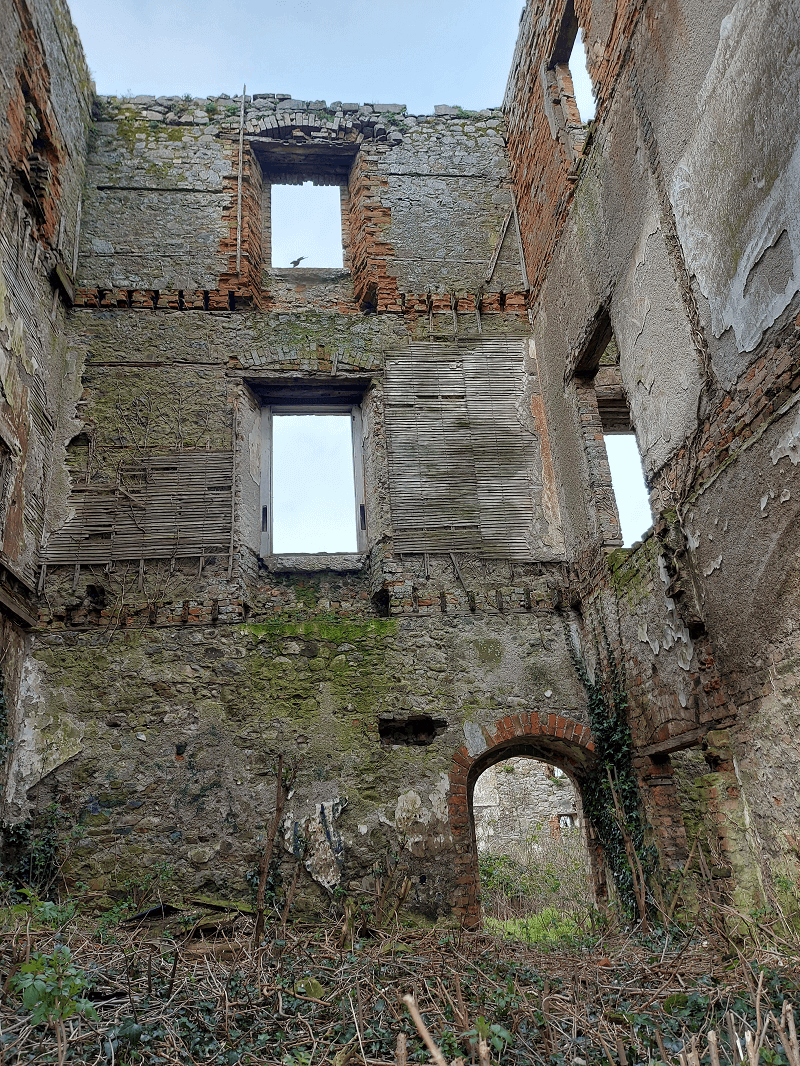
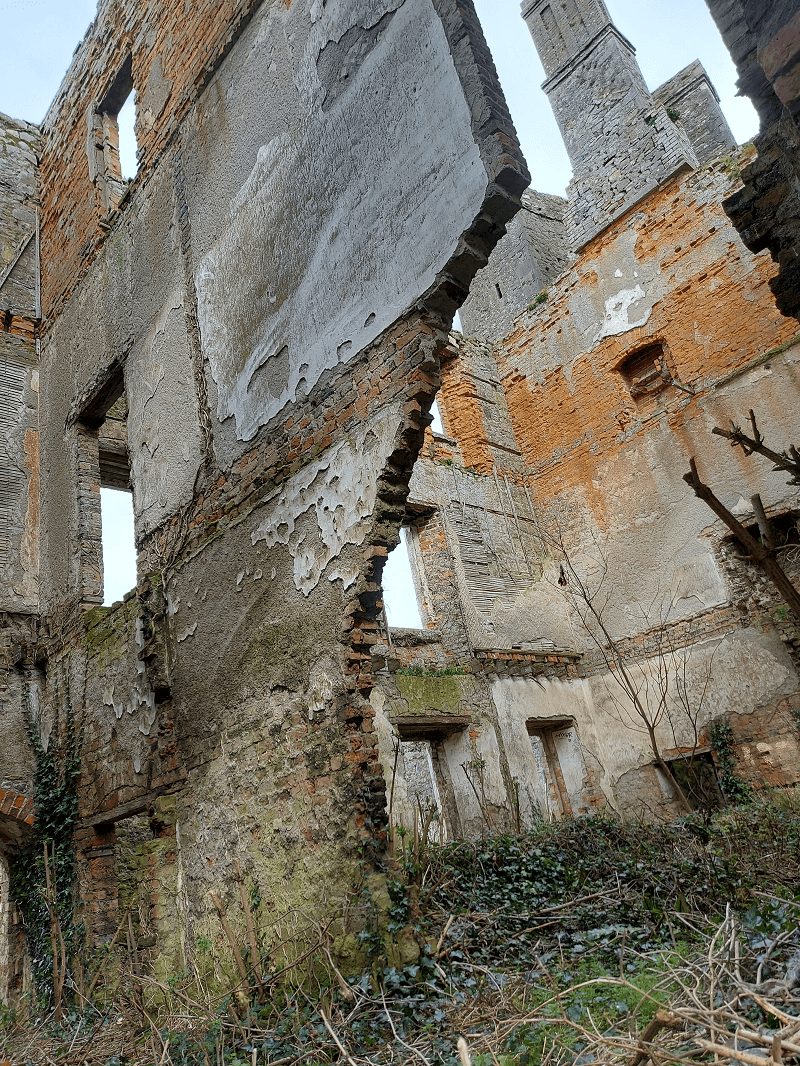
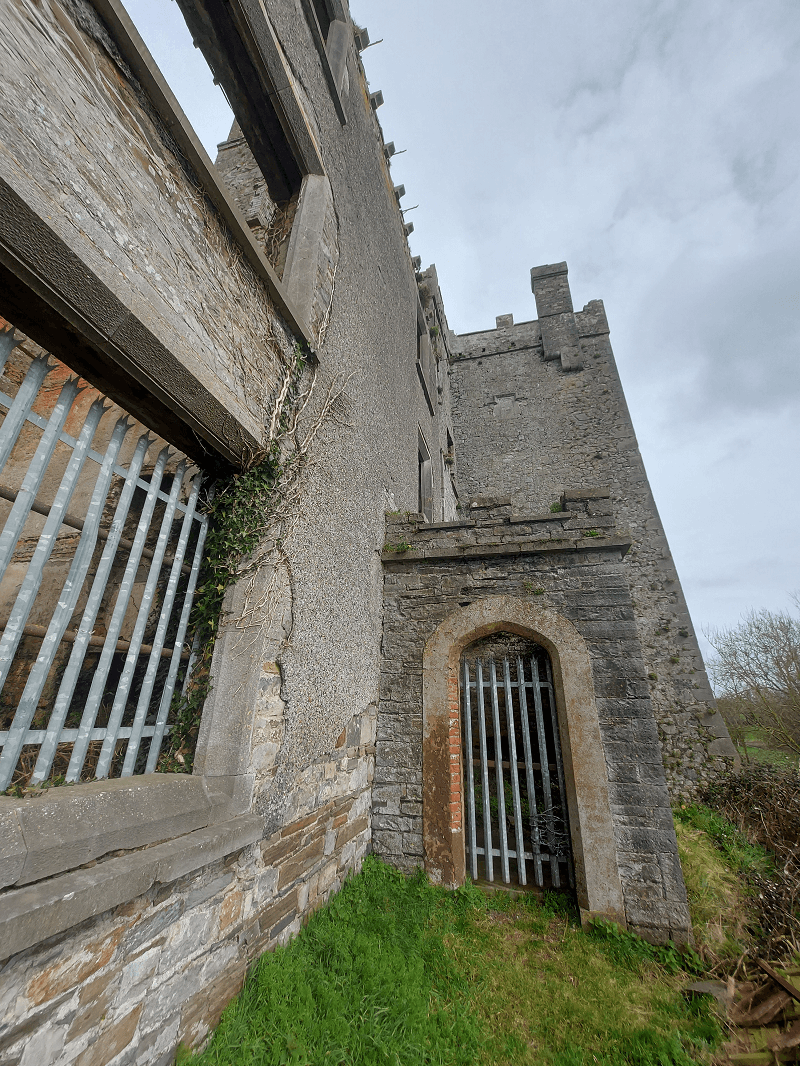




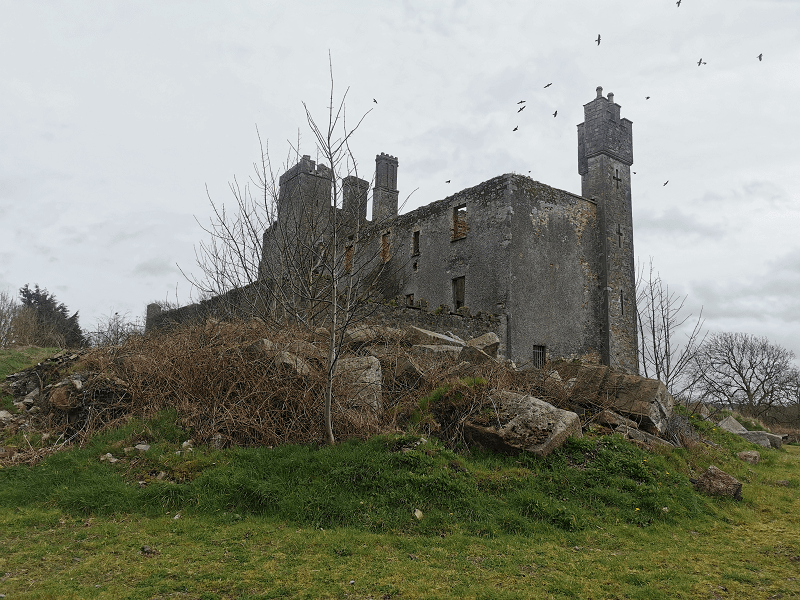
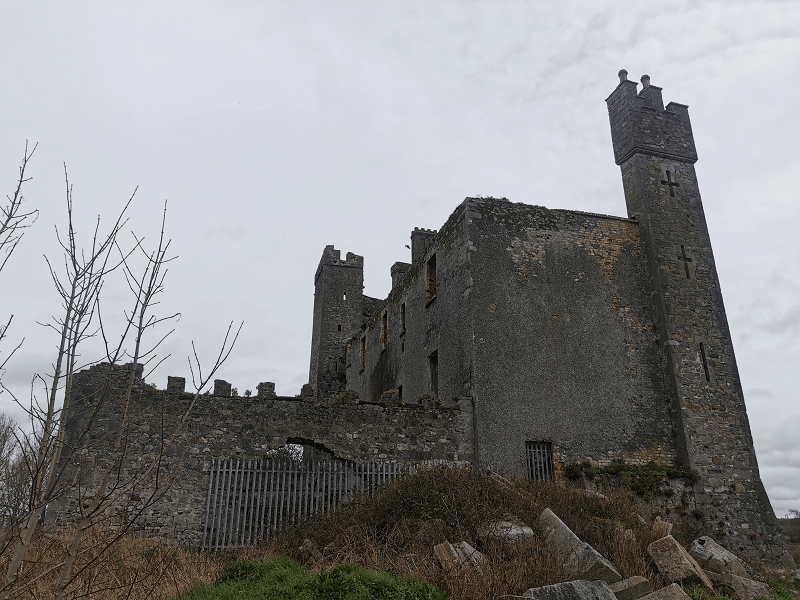
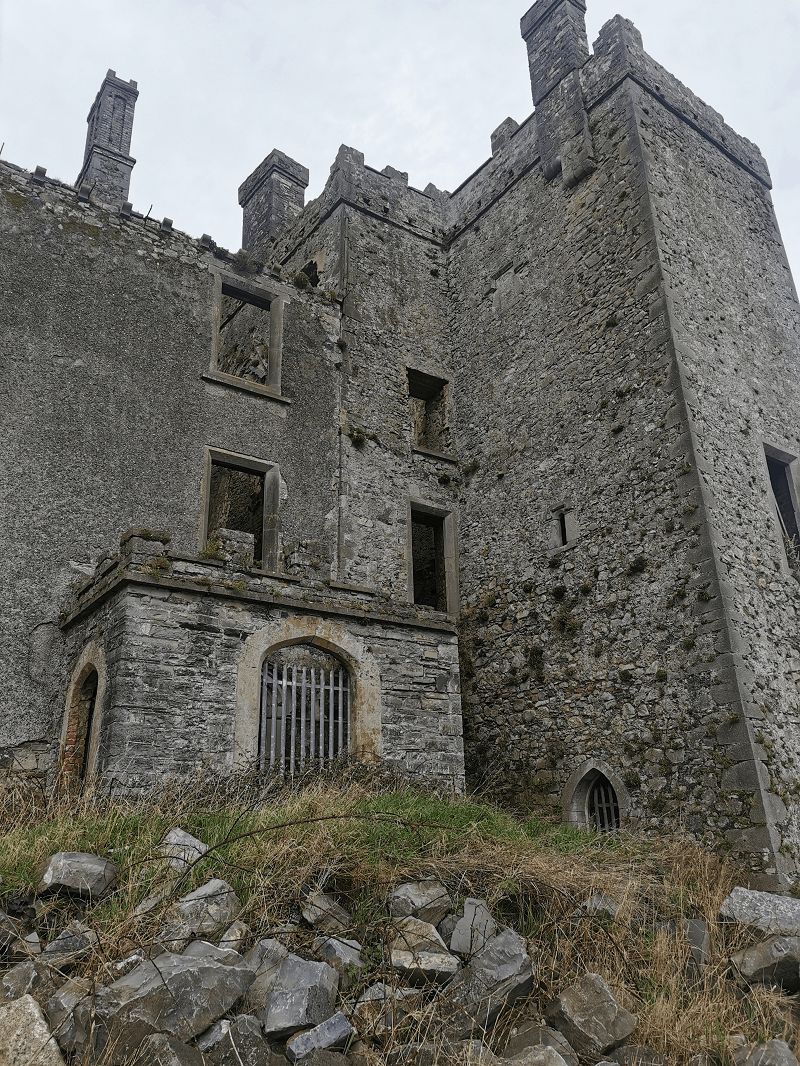
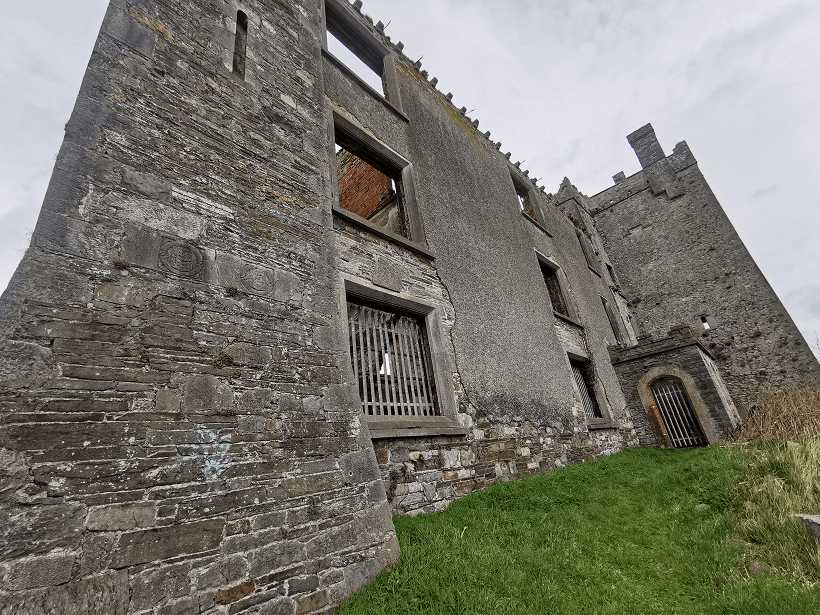

 This being said, make sure you visit the castle during day light. That’s what we have done and we were impressed by its beauty. Although only a shell is left today, the ruin is still undeniably attractive.
This being said, make sure you visit the castle during day light. That’s what we have done and we were impressed by its beauty. Although only a shell is left today, the ruin is still undeniably attractive.